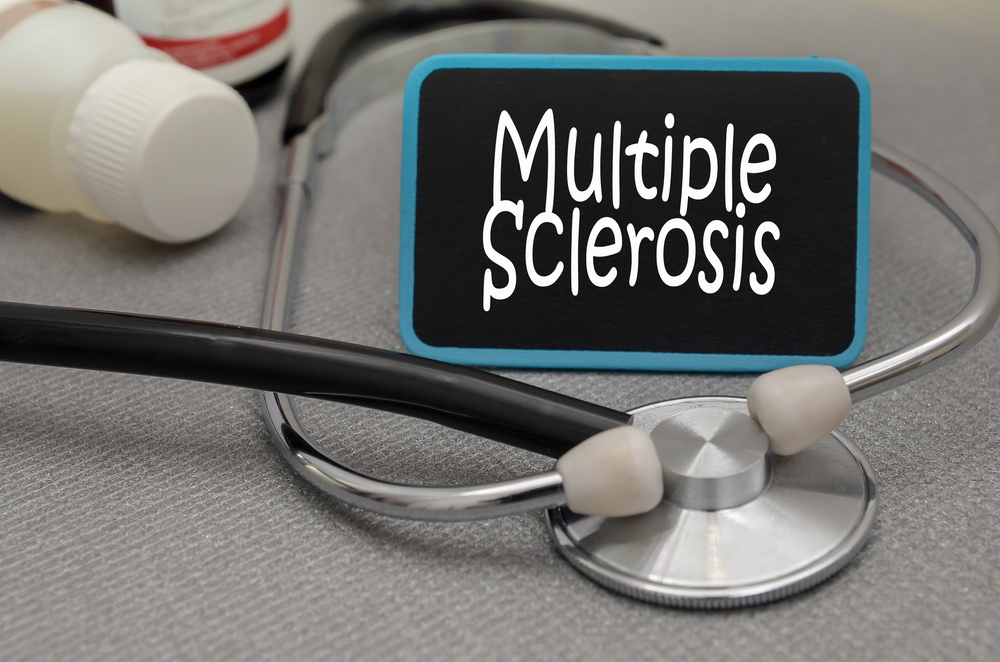Myasthenia Gravis, MS May Share Common Autoimmune Responses, Case Report Suggests

Myasthenia gravis and multiple sclerosis (MS) may share immunological features, according to researchers who studied the rare case of a man who developed both illnesses.
The case was described in the study “Co-occurrence of multiple sclerosis and myasthenia gravis: A case report and review of immunological theories,” which was published in the journal Multiple Sclerosis and Related Disorders.
It is not uncommon for people who have an autoimmune disease to develop a secondary illness of similar nature.
Co-occurrence of MS and myasthenia gravis is rare, but this particular combination of illnesses has been reported more frequently than would be expected from random coincidence. This has led to suspicion that these two diseases may be linked mechanistically (physically).
Researchers from Mount Sinai Hospital in New York City, and the University of Texas Medical Branch in Galveston, Texas, reported the case of a man, age 54, who was first diagnosed with relapsing-remitting MS at the age 35.
Three years after the diagnosis he started taking Copaxone (glatiramer acetate, marketed by Teva Pharmaceuticals), which helped him achieve control of his symptoms. He continued the treatment for 15 years, until he self-discontinued the therapy due to side effects.
He refused to restart Copaxone treatment during follow-up because he was not experiencing any signs of disease progression.
A few months before he came to the hospital, he started to have blurry vision from his right eye, double vision, and left leg weakness that then progressed to generalized weakness. During this period, he also developed difficulty chewing and swallowing.
New physical evaluations and brain-imaging scans showed he had no new or active brain lesions caused by MS. He re-started treatment with Copaxone, but that did not lessen his symptoms. Later, he again developed generalized weakness, swallowing problems, and shortness of breath.
He was diagnosed with pneumonia, and antibiotic treatment was begun. Still, he needed to be intubated to help him breathe.
All his symptoms were believed to be due to MS worsening. So, he was started on intravenous treatment with methylprednisolone (a corticosteroid) to manage his exacerbated immune responses.
Despite the treatment, he did not improve and his respiratory function was still severely impaired.
Extensive blood analysis was performed, which revealed he had about 90- and 155-fold higher levels of acetylcholine binding and blocking antibodies, respectively. These findings were consistent with a myasthenia gravis diagnosis.
He started to improve after undergoing plasmapheresis, a procedure that clears potentially harmful antibodies from the blood. Following treatment guidelines, he also underwent surgery to remove his thymus.
Afterward he started treatment with pyridostigmine (sold as Mestinon and Regonol), prednisone, Cellcept (mycophenolate mofetil, by Genentech), and Copaxone, which helped him to have a full recovery.
“Co-occurrence of myasthenia gravis and MS … may be underdiagnosed because of the possible overlap of symptoms,” researchers wrote. This may lead to “underestimating the incidence of the combination.”
Myasthenia gravis is mainly due to the excessive production of anti-acetylcholine antibodies. However, this is believed to be triggered by the abnormal activation of immune T-cells. In contrast, MS is primarily mediated by T-cells, but there is evidence that B-cells and self-reactive antibodies also play a role in development of the disease.
More studies are warranted to better understand T-cell and B-cell responses involved in both MS and myasthenia gravis. This may provide valuable information for the development of “more effective treatment options,” researchers said.






